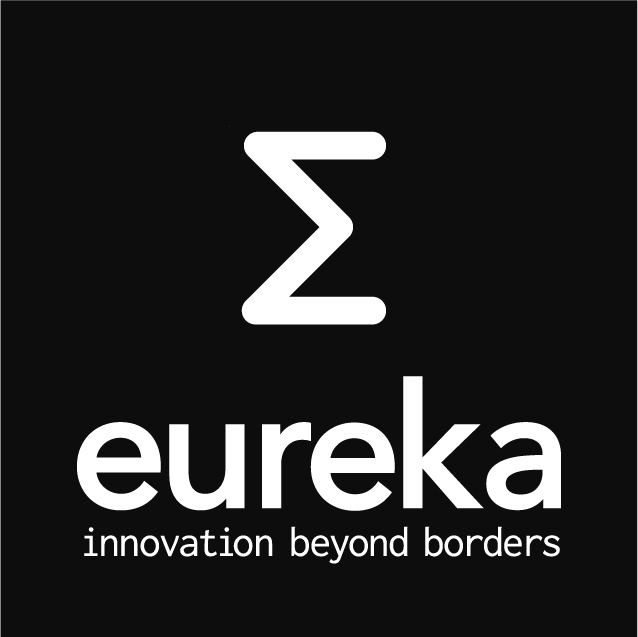Maintenance and deployment of optical and in-home networks

Project Status: Finished
Start Date: December 2016
End Date: February 2020
Budget (total): 4850.4 K€
Effort: 40.46 PY
Project-ID: C2016/2-7
Name: Kaan Bür
Company: Lund University
Country: Sweden
E-mail: kaan.bur@eit.lth.se
Lund University, Sweden
TeliaSonera Skanova Access AB, Sweden
Nexans Sweden AB, Sweden
MIC Nordic AB, Sweden
Swedish Transport Administration, Sweden
Telenor Sweden AB, Sweden
STOKAB, Sweden
Transtema, Sweden
BT, UK
GPONDoctor Scoop, Spain
Zoovel, Spain
West Pomeranian University, Poland
DLL Partners, Poland
Turkcell Tecknoloji, Turkey
Enovas, Turkey
Abstract
After a slow build-up over many decades, a few European countries now have more broadband subscriptions over fibre than over copper. After decades of focus on deployment: “we should get a fibre network”, it is now time for a complementary point of view: “we have a fibre network and it will need maintenance”. Previous CELTIC (and its forerunners) projects including: INCA, MIDAS, BANITS, BANITS2, 4GBB, HFCC/G.fast and GOLD journeyed from 2001 to the present creating DSL technologies which maximize the existing infrastructure value and which economize the operations and maintenance of copper networks. This has provided the foundation for a competitive and ICT heavy Europe. Using the innovation platform methodology of the CELTIC GOLD project, we will now undertake to create knowledge and innovation around optical broadband networks and economize their operations, maintenance and deployment.
This project is focused on cost and industrial requirements with the ambition to stay ahead of industry’s need for practical knowledge. Although optical broadband access networks are yet far from ubiquitous, they are rapidly increasing in numbers. We intend to focus upon the more advanced nations e.g. Sweden and Estonia, in order to capture their experiences and data.
The project will also investigate the role of radio technologies to bridge the gap from the curb to the home as well as in the home. An additional outcome of this project will be the creation of a knowledge base concerning the deployment and operational costs of optical access networks. One of the main obstacles to increasing the number of optical access networks is their high cost of deployment, and the lack of insight about where the major cost contributors are. Clearer guidelines on cost factors will aid deployment and operational cost modelling estimates, which will help in the overall deployment decision process.



